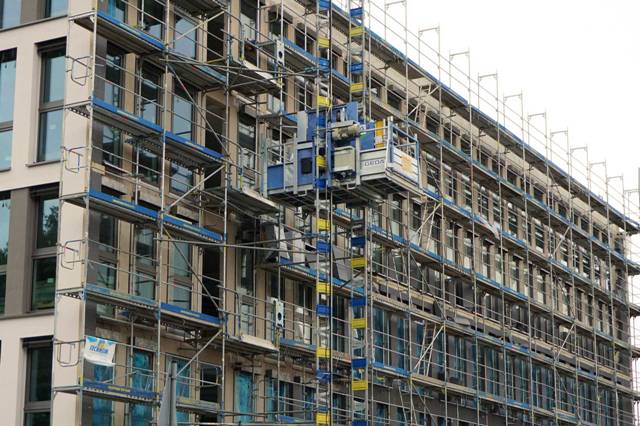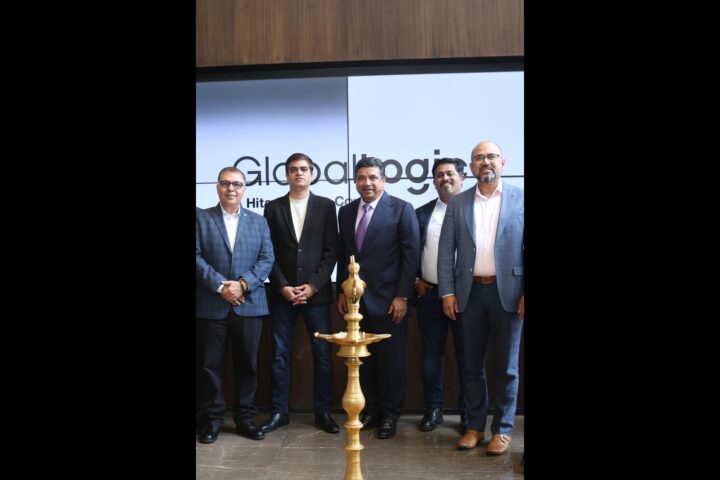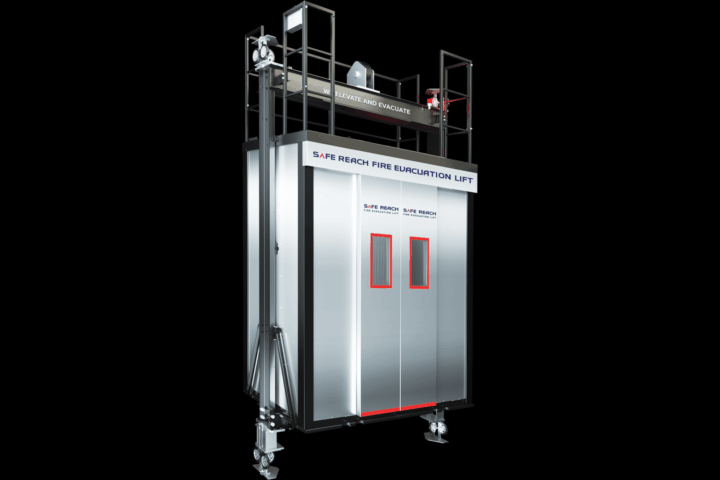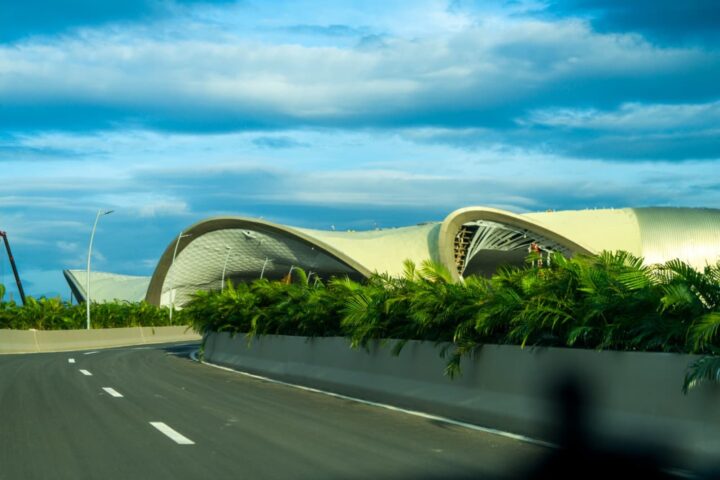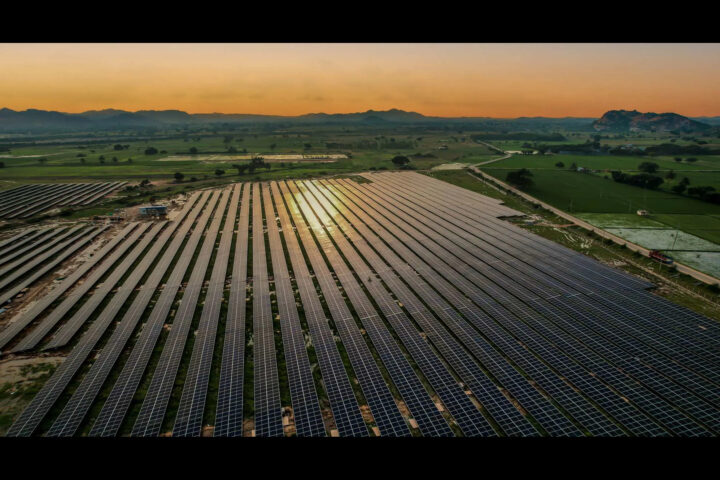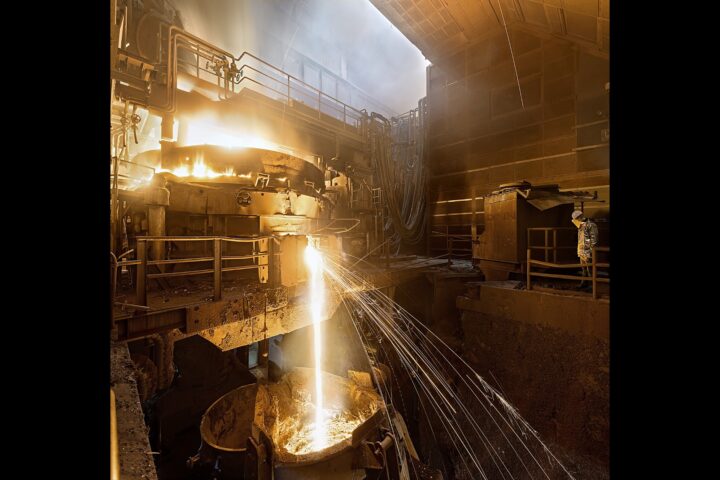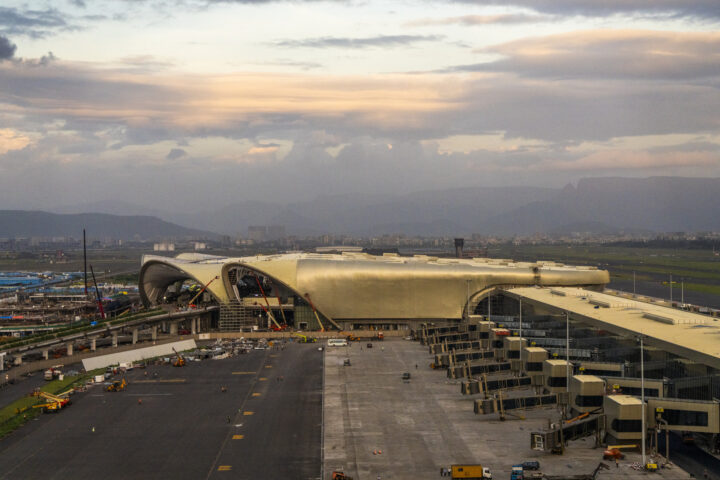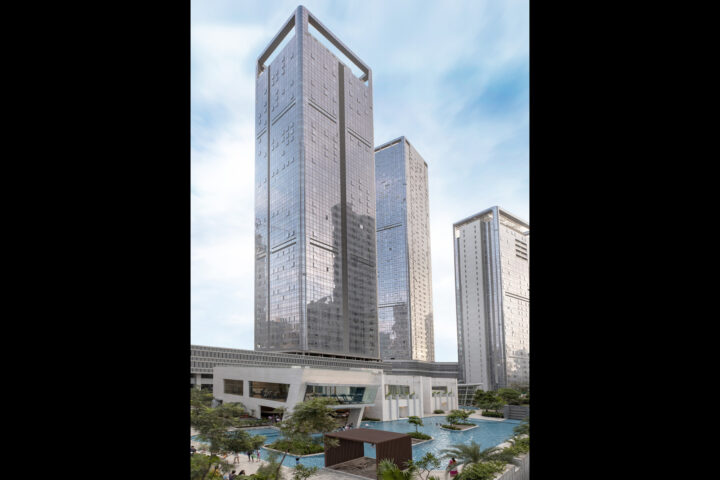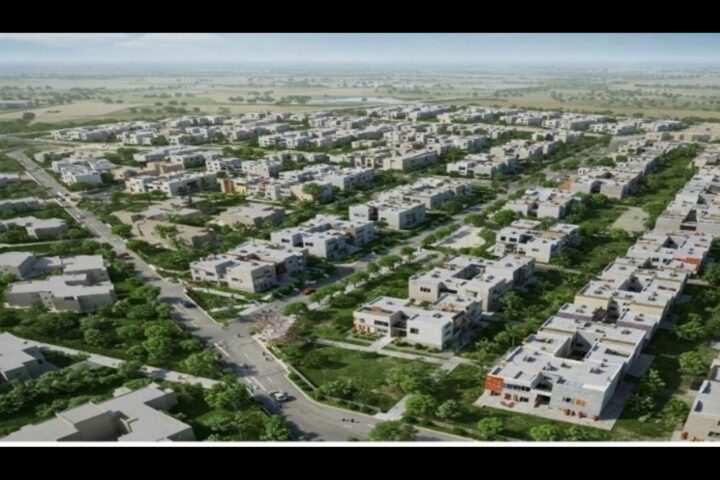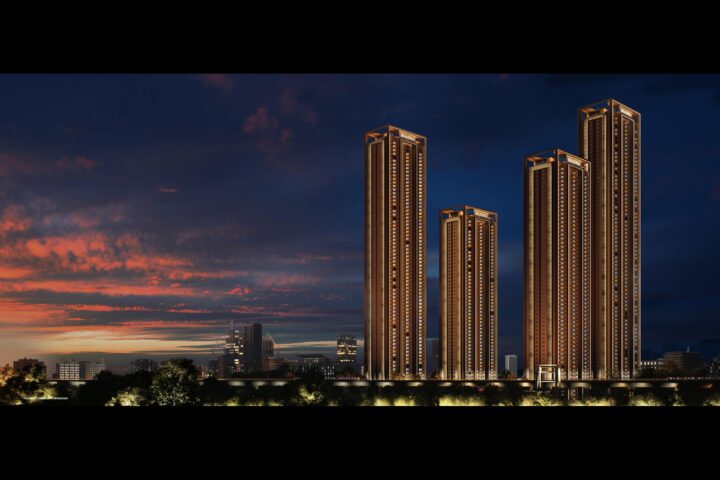Repurposing Existing Buildings as Green and Energy-Efficient Structures
by Ajay Sharma, MRICS, FIV, Managing Director, Valuation Services, Colliers India
Real estate investment decisions are increasingly susceptible to ever-changing social norms on responsible development to align with solutions to contemporaneous environmental challenges, loading the entry costs with no assurance of sustained premiums as material and construction technology outpace adaptive practice. Further, occupiers and investors alike are progressively demanding value extraction intertwined with the ethos of sustainability. Given that natural built environment decadence requires interventions to rejuvenate urban areas, adaptive reuse of existing built spaces holds the key to addressing the challenges of returns, sustainability, and community well-being. This adaptive reuse involves repurposing, where reconditioning of buildings is undertaken that have either outlived their original purpose or have increasingly misaligned with the functions of the evolving urban setting in which they exist.
Take examples of large stadiums or purpose-built exposition centers that become economic and cultural outcasts post the event. This has increasingly led to scrutiny of such developments that are conceptualized, designed, and erected with a focus on carbon neutrality and sustained economic returns. Therefore, adaptive reuse becomes an inextricable solution for the built environment to address social and environmental concerns. While mega projects are always under the lens, the built environment informing the street corridor or urban scale has escaped scrutiny. In the multitude of such, the issues of carbon footprint, conservation, and sustainability have escalated, requiring harmonious interventions.
Repurposing these built environments, reducing material extraction and use, preventing scope 2 & 3 emissions, low time consumption, and energy conservation are outcomes that push sustainability objectives.
In highly dense urban centers, especially in Asia, the acquisition cost of land is nearly 40%-45% of the project cost. Most often, some improvements need to be torn down to make way for glistening new developments. This presents a multitude of issues – demolition and its impact on air quality and noise in the neighborhood, removal of foundation and new foundation works, transportation of debris issues, material movement issues due to traffic and time restrictions, and the energy consumption is higher due to round the clock activity, etc, increase the cost of development while expanding the carbon footprint. Further, during the development process, there is a significant impact on the community where old buildings show structural weakness due to the impact of the above works. Therefore, adaptive use of existing buildings becomes very important to overcome these issues. The concept of repurposing existing buildings has been in place for over two decades, with cities like Mumbai having many examples where repurposing has led industrial buildings to be used as commercial or retail premises.
The intervention techniques used by architects and interior designers play a pivotal role in how successfully it is repurposed. Examples like the WeWork space in Jing’An, Shanghai transforming an opium factory to a modern co-working space; the Jaegersborg water tower repurposed as a student housing space in Denmark; luxury apartments in Alexandria, Sydney built in old warehouse retaining an external façade; repurposing of industrial buildings into upscale F&B and retail hub at Kamala Mills, Mumbai showcase how cost-effective and rejuvenating the process can be for communities if the interventions are proper. It is often seen that repurposing has been highly successful in hospitality projects where old heritage buildings have been converted to upscale or luxury hotels with the adaption of sustainable processes.
Such interventions have further driven social change and shaped neighborhoods that allow for economic and social growth. The best example is in the US, where a closed mall was repurposed for homeless shelters or transitional living spaces like co-living spaces. In fact, it has been noted in many architectural studies that repurposing can be an effective solution for low-income housing or rental housing, which are usually neglected due to less profitability. Usually, relocation of low-income families farther away from the city reduces opportunities and increased transportation expenses, which supportive statutory and adaptive interventions can resolve. One of the main concerns this has yet to take off is the costs of adaptive reuse. Repurposing results in specific impacts on costs pertaining to labor, material customization, structure redesign and changes, MEP systems, and acoustics. This is due to precise requirements relating to the building being repurposed for new purposes. However, it is noted that despite such costs involved, a study commissioned by Deloitte found that adaptive reuse resulted in 16% less in cost and took 18% less time for completion. These interventions can drive this social change.
Certifications from USGBC or IGBC, or similar organizations have recognized sustainability benchmarks. But it is to be noted that even previously green-certified buildings have been repurposed from time to time and can aim to attain better rating certification with a slew of sustainable measures incorporated. The best example is the Grundfos office in Chennai, where the building was awarded Gold certification, reinvented its internal design, adopted zero liquid discharge, advanced rainwater harvesting, etc, to attain a Platinum rating. It is to be noted that there are nearly 4,509 projects in India with green certification with nearly 5.2 bn sq ft of space under certification under IGBC. At the same time, there are 323 projects with USGBC certification totaling 112.7 mn sq ft. While LEEDs rating for core certification does not require recertification, the evolving building technology allows for further optimization that can positively impact the sustainable program for the development.
Given that by 2050, most of the existing residential and commercial buildings will reach economic end life, the best way to remain sustainable will be to retrofit or repurpose these buildings. However, these would still not be as energy efficient, requiring comprehensive net zero refurbishment techniques to be followed. This could involve smartly upgrading only basic service infrastructure and fenestrations to complete retrofitting to allow for the complete reuse of the buildings. Studies have shown that in spite of such challenges, this intervention will use 26% less carbon than new buildings. It is further shown that while new energy-efficient buildings might have a higher impact in the first year of operation due to lower embodied carbon in materials over a 60-year lifecycle, the decarbonization of the grid flattens the carbon emissions in retrofit options, limiting the benefits of the new buildings. Further, it is prudent to prioritize refurbishment after certain life of buildings and plan for reuse to optimize the substantial savings in embodied carbon from both short-term and long-term perspectives.


